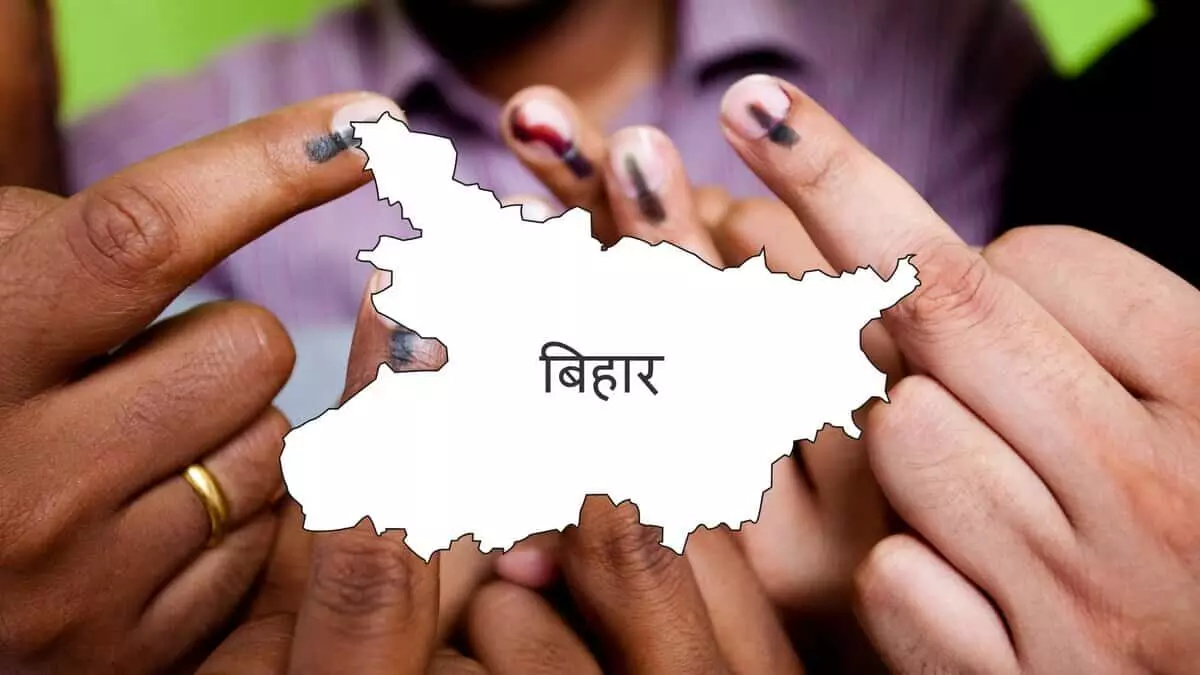Caste Politics in Bihar: The Resurgence of Identity in Election Strategies

In recent months, Bihar's political landscape has been dramatically influenced by caste-based mobilizations, as evidenced by the recent rally at Gandhi Maidan led by IP Gupta under the banner of the ‘Paan’ Samaj. The rally marked a significant assertion of identity and grievance from the Paan community, demanding political representation and the re-inclusion of the Tanti-Tatwa Samaj into the Scheduled Caste list. This event stands in stark contrast to a previous rally by political strategist Prashant Kishor, which, despite its focus on governance and class identity, failed to ignite the same fervor. This discrepancy highlights the enduring power of caste over class in Bihar's socio-political dynamics.
The Historical Context of Caste Mobilization
The roots of caste-based politics in Bihar are deep and complex. Historically, marginalized communities have often sought alliances with dominant castes to gain political power. For instance, the Triveni Sangh in the early 20th century attempted to unite various OBC groups against upper-caste dominance. However, the post-Mandal era saw a significant shift as the consolidation of OBC power led to the emergence of internal hierarchies. The Yadavs, buoyed by the rise of the Rashtriya Janata Dal (RJD), became a dominant force, pushing other OBC groups to seek their own political space. This trend has shown a resurgence in recent years, with groups like the Musahars aligning with platforms like the Hindustani Awam Morcha (HAM).
The Emergence of New Caste-Based Movements
The Paan Samaj rally is just one example of how identity politics in Bihar is becoming increasingly granular, focusing on specific jati rather than broader class identities. This phenomenon is not isolated to Bihar; across India, many political parties have morphed into caste-based outfits, compromising their original ideologies for electoral gains. In Bihar, the Vikassheel Insaan Party (VIP) represents the Nishads, while the LJP caters to the Paswans, illustrating how caste arithmetic has overshadowed ideological cohesion.
Political Dynamics Ahead of the 2025 Elections
As Bihar approaches the 2025 Assembly elections, the implications of these caste mobilizations are profound. The ruling NDA, led by Nitish Kumar, faces substantial challenges, including growing dissent from within its ranks and the resurgent RJD, which has been effectively consolidating Muslim and Yadav votes. The recent resignation of Muslim leaders from the JD(U) following the party's support for the controversial waqf amendment law signals a discontent that could affect voter sentiment. Moreover, with the RJD and Congress strategizing to present a united front, the dynamics of caste and identity will play a pivotal role in shaping the electoral landscape.
The Future of Caste and Class Politics
Moving forward, the challenge for political leaders in Bihar is to navigate these complex caste equations while addressing the aspirations of their constituents. Efforts to shift the conversation from caste to class will require more than idealism; it will necessitate sustained outreach, credible leadership, and cross-caste alliances that acknowledge historical grievances while fostering collective aspirations. As we look toward the upcoming elections, one thing remains clear: caste, with all its contradictions, continues to be a powerful force in Bihar's political narrative.
